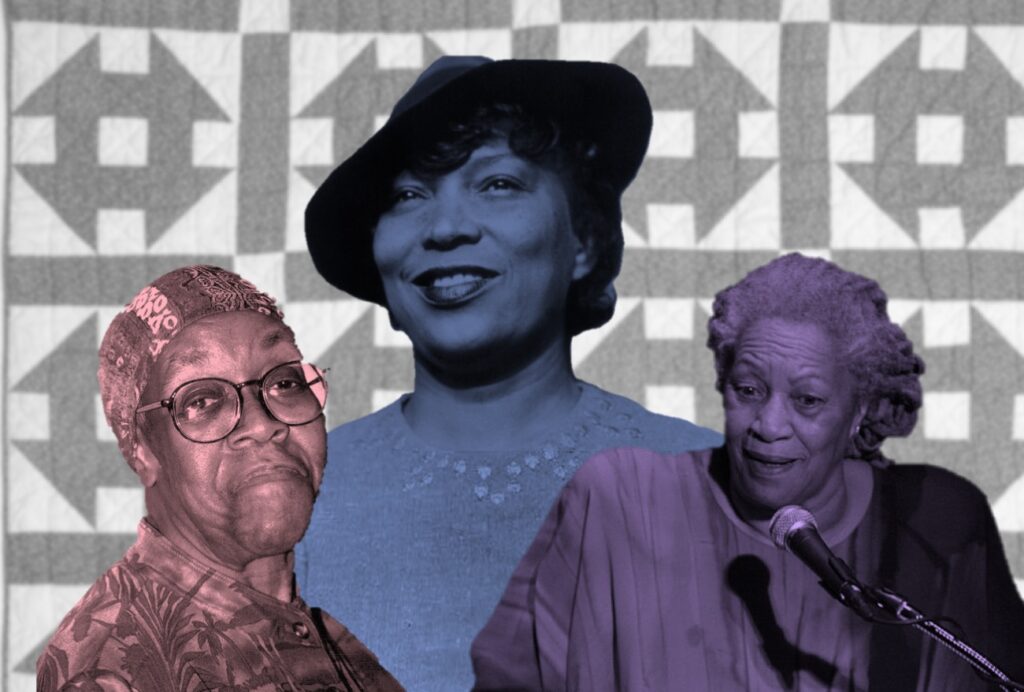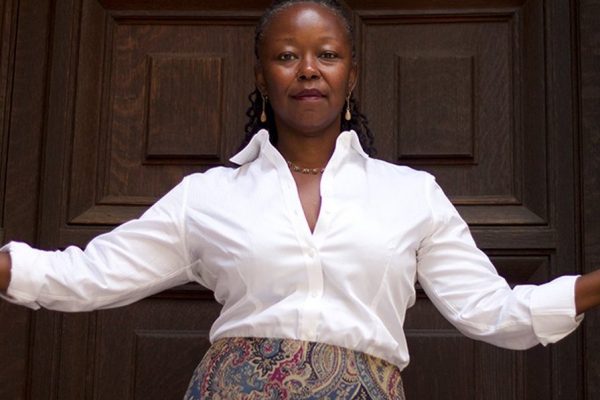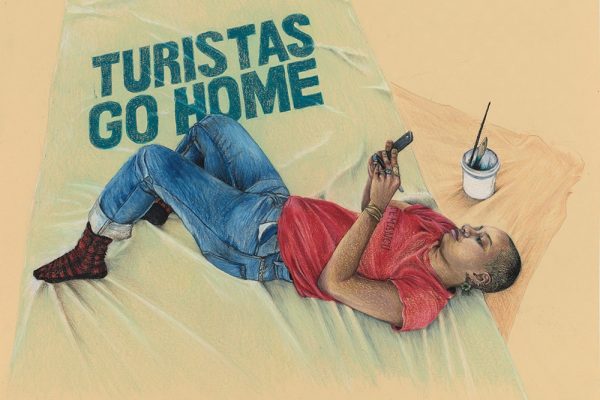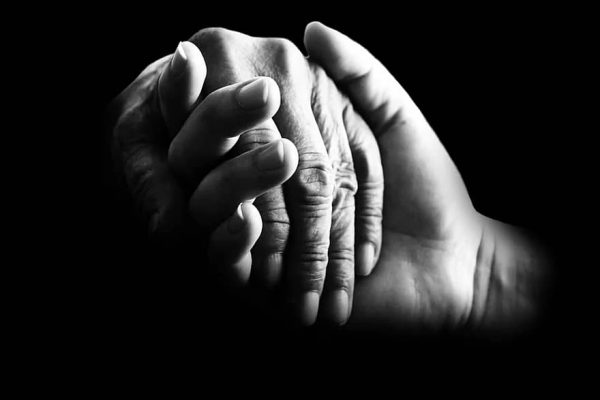I have been teaching African American literature to college students for almost three decades. This year my students in Introduction to African American Literature started the semester in a lecture hall on the campus of Columbia University and ended it scattered to the four corners of the Earth. Some had to quarantine for two weeks after returning to their countries. Others remain in rooms and apartments in New York, an epicenter of the pandemic. Some have lost family members; others have themselves been sickened by the virus. Some turned out to be more comfortable talking on Zoom than in a physical classroom; others find it alienating and prefer instead to reach out through email or on WhatsApp. Yet and still they keep reading, they keep thinking. They have shown up, continuously, week after week. Teaching them in this pandemic has shed new light on the power of learning, community, and this extraordinary literature.
The crisis stopped us in our tracks, but it also provided an opportunity.
I miss my students terribly. Nonetheless this moment has allowed us to work together in a different way. The crisis stopped us in our tracks, but it also provided an opportunity. I decided to slow things down for them. Rather than continuing to read a novel a week, we read an essay and a short story by James Baldwin, one of Toni Morrison’s shorter novels, and we spent the last two weeks reading Octavia Butler’s Parable of the Sower (1993), a work of speculative fiction that portrays community-building in the midst of economic, social, political, and ecological catastrophe. Ultimately Butler’s novel—in which change and adaptability are major themes—encourages readers to consider what kind of future might be built on the other side of pandemic. How fitting.
My course changed in other ways as well. I cancelled the take-home exam, which would have required students to provide a synthesis of their learning and to place texts in conversation with each other. Instead, I decided to focus on imaginative skills, and asked the students to create a work of art in response to any of the texts we read. I also gave them a second assignment, to be shared on the last day of class. The description began with a quotation from Arundhati Roy’s essay “The Pandemic as Portal”:
Historically, pandemics have forced humans to break with the past and imagine their world anew. This one is no different. It is a portal, a gateway between one world and the next. We can choose to walk through it, dragging the carcasses of our prejudice and hatred, our avarice, our data banks and dead ideas, our dead rivers and smoky skies behind us. Or we can walk through lightly, with little luggage, ready to imagine another world. And ready to fight for it.
The description of the assignment followed.
As we pass through this portal, let’s think about what we might take to the other side, and what we want to leave behind. One or two sentences per question. No more.
1. What one book from class would you want to take with you?
2. What, if anything, from your old life do you want to leave behind?
3. What do you appreciate that you would like to take with you?
4. What change, if any, would you like to see, and commit to bring about, on the other side?
Together the two new assignments—the response to the Roy quotation and the creative project—asked students not only to think about what they had read, but also to make, build, and imagine. Toni Morrison said that in moments of crisis, “Artists go to work. . . . That is how civilizations heal.” In addition to their analytical skills, which are on display in every class, I wanted my students to stretch their imaginative ones as well.
My students did not disappoint me. In this season of unimaginable death, especially black and brown death, these young people rose to the occasion. With careful consideration of the books and for each other, with a strong desire to help heal the world in which we live, they went to work. They created poems, paintings, and book covers inspired by Zora Neale Hurston, Gwendolyn Brooks, and others. One student, Alexzundra, an especially talented writer who was inspired by a scene in Hurston’s Their Eyes Were Watching God (1937), read an exquisite original prose poem over a short, meditative film: “Have I been captured, seen my reflection without seeing my face?” Another, Douglas, submitted a pencil drawing based upon the end of Parable of the Sower, imagining a new world rising like a phoenix from the ashes of the old. Butler also sparked the creativity of two talented musicians. Nigel and James each composed, performed, and recorded original songs inspired by the novel. Nigel’s lyrics and acoustic guitar sought “to capture the moral relativism of Lauren’s [Butler’s protagonist] travel sonically,” while James explained that he used “the chord progression to emphasize the importance of the word change. A new chord is cued each time the word is said.” He then recorded himself playing jazz trumpet solo over the chord progression. A third musician, Esther, recorded her solo piano medley of songs, from Ray Charles to Frédéric Chopin, that capture the works we’ve read. Ralph Ellison’s Invisible Man (1952) inspired Justin and Isaac to write first person narratives that I hope are just the beginning of longer works.
In this season of unimaginable death, especially black and brown death, these young people rose to the occasion.
In answering the last of the four questions prompted by Roy, most of the students expressed the desire to leave behind the drive to be busy for the sake of being busy, and to part with performances of self that feel inauthentic to them given the current crisis. Instead, they want to cultivate community. Significantly, they committed to addressing inequality, injustice, and environmental disaster. They want to join and create organizations and institutions committed to bringing about significant social change.
Because I strongly believe in the power of art and creativity, I hoped these assignments would allow my students to slow down and dig deep inside of themselves. They did and emerged as visionaries, just the kind of people we need now: global citizens, gifted with creativity and imagination, and capable of imagining a more just future. I hope to live to see the world my students create. As their teacher, I will do all I can to make sure they are able to do so.









